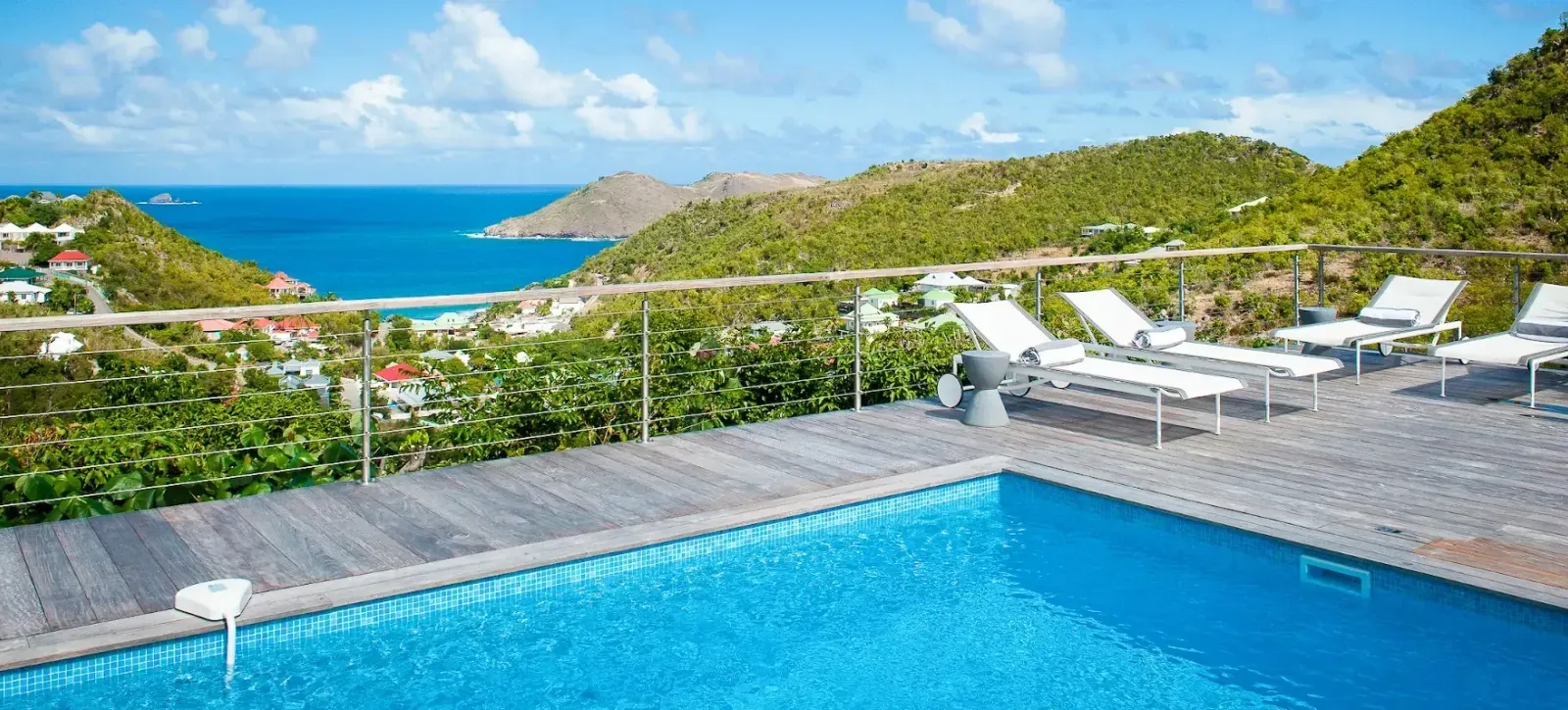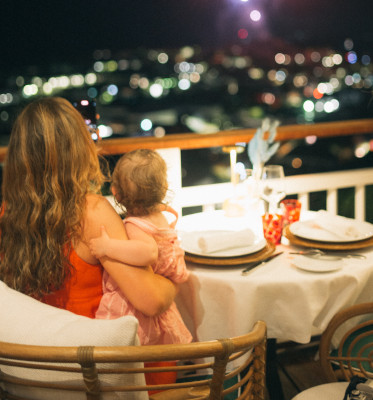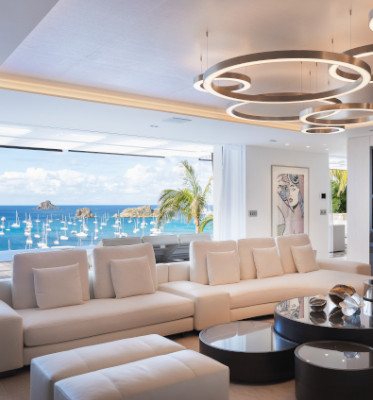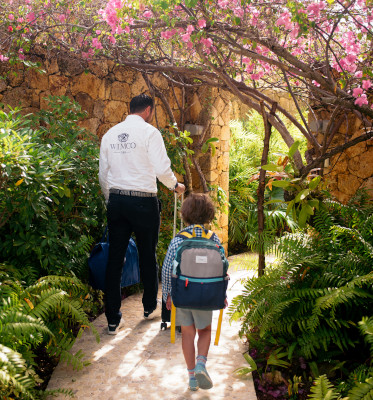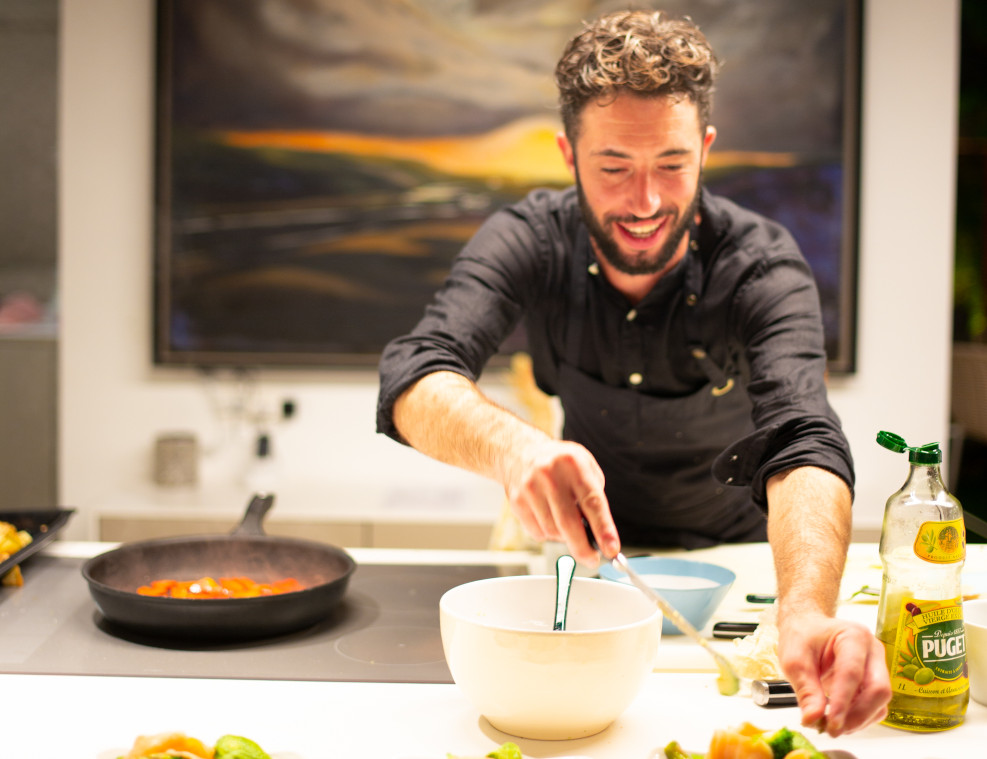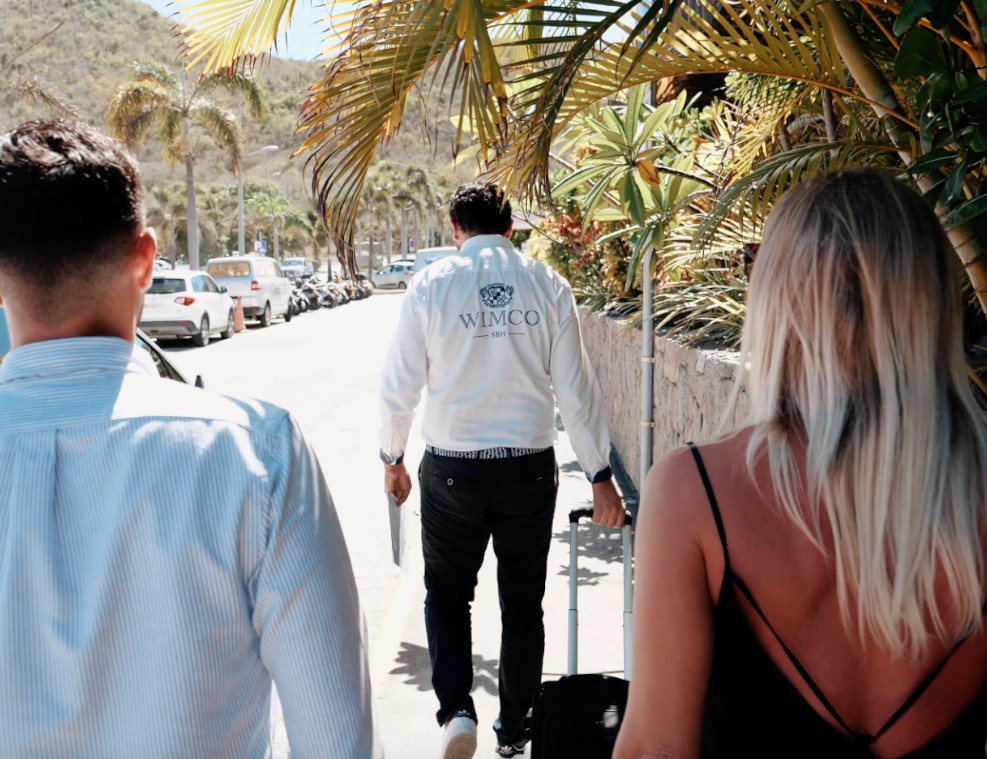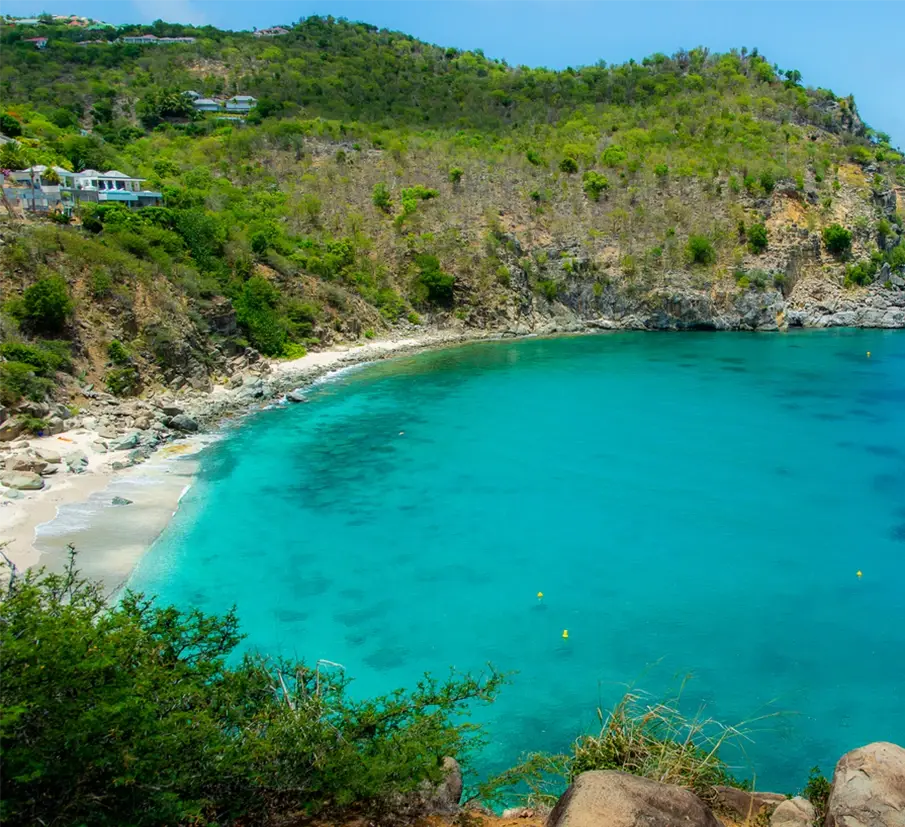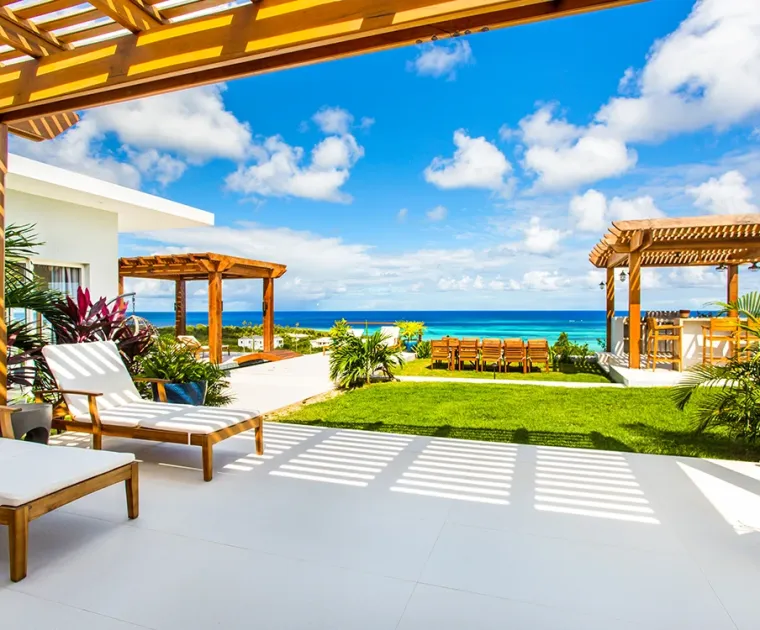
Shoal Bay East AI
Alkera
5 Bedrooms 6 Baths
Cresting the Shoal Bay East hillside, boasting one of the most enviable views
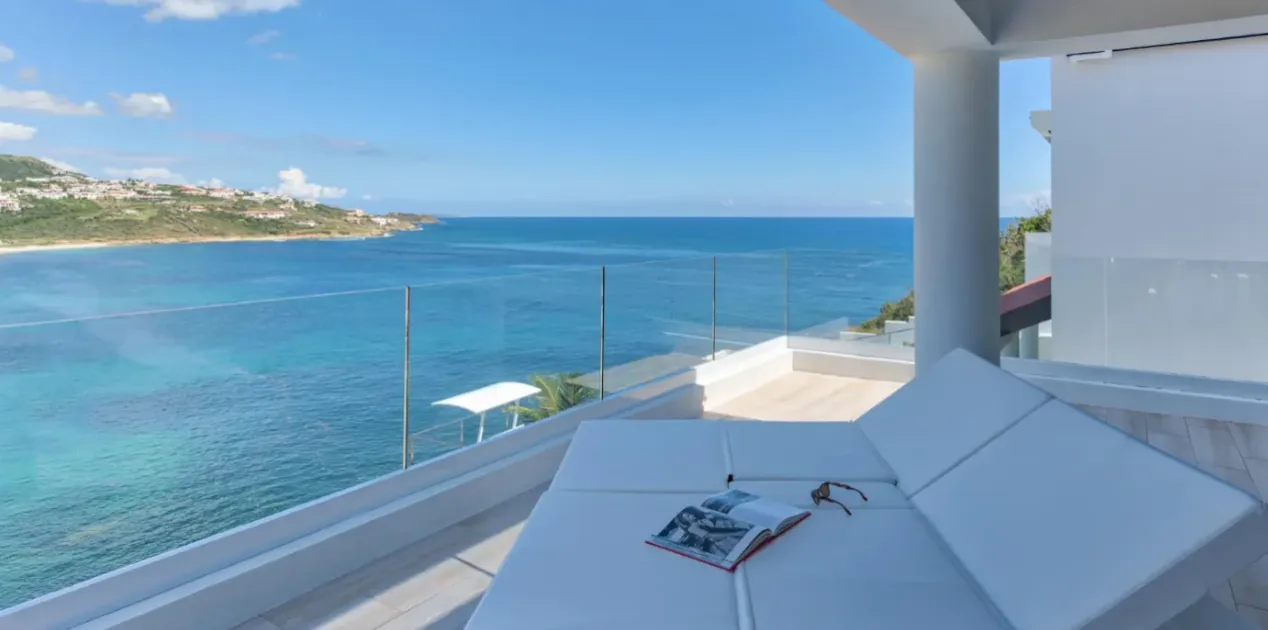
Guana Bay MF
Amalia
6 Bedrooms 8 Baths
Luxurious villa perched on a cliff on Guana Bay, in a private gated community
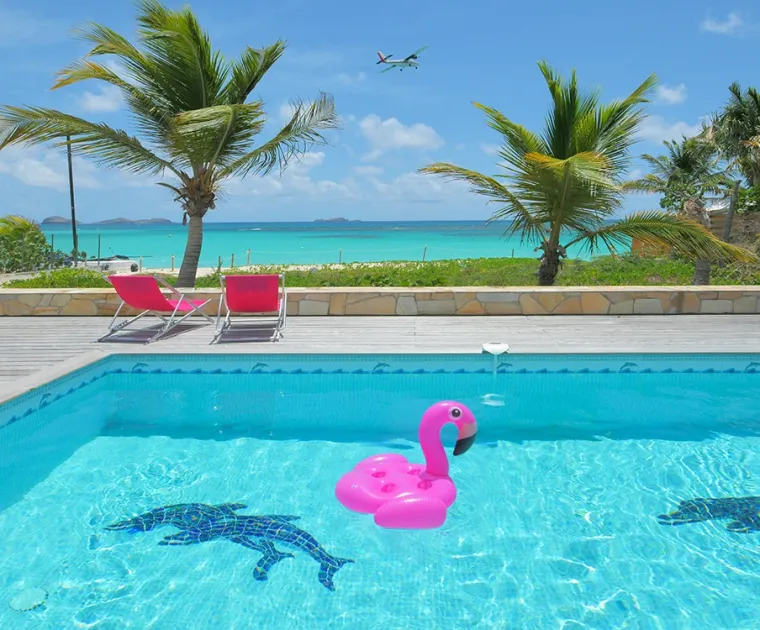
St. Jean Beach BL
CRYSTAL DREAM
3 Bedrooms 2 Baths
Steps from the water at sexy St. Jean Beach with a bird's-eye view of the action
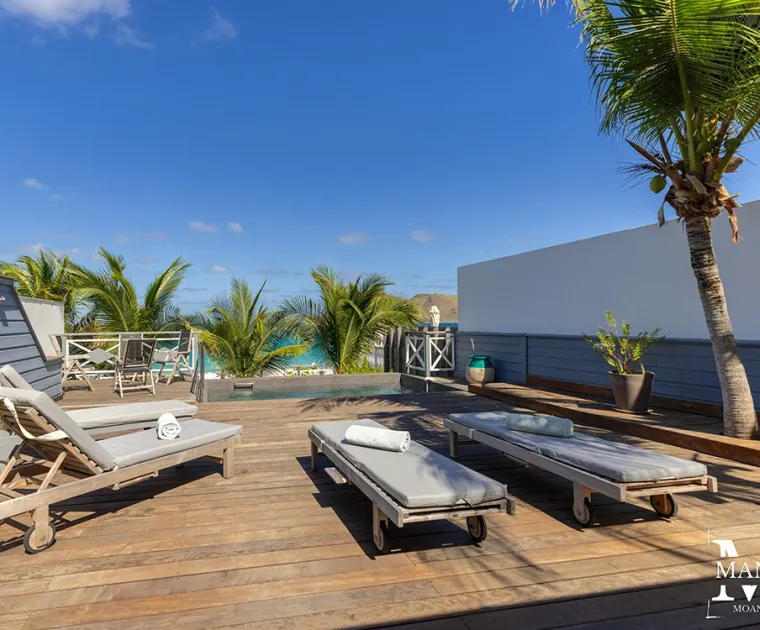
Flamands Beach BL
POLARIS
2 Bedrooms 2 Baths
Spacious beachfront cottage, steps to the beach, and short walk to restaurants
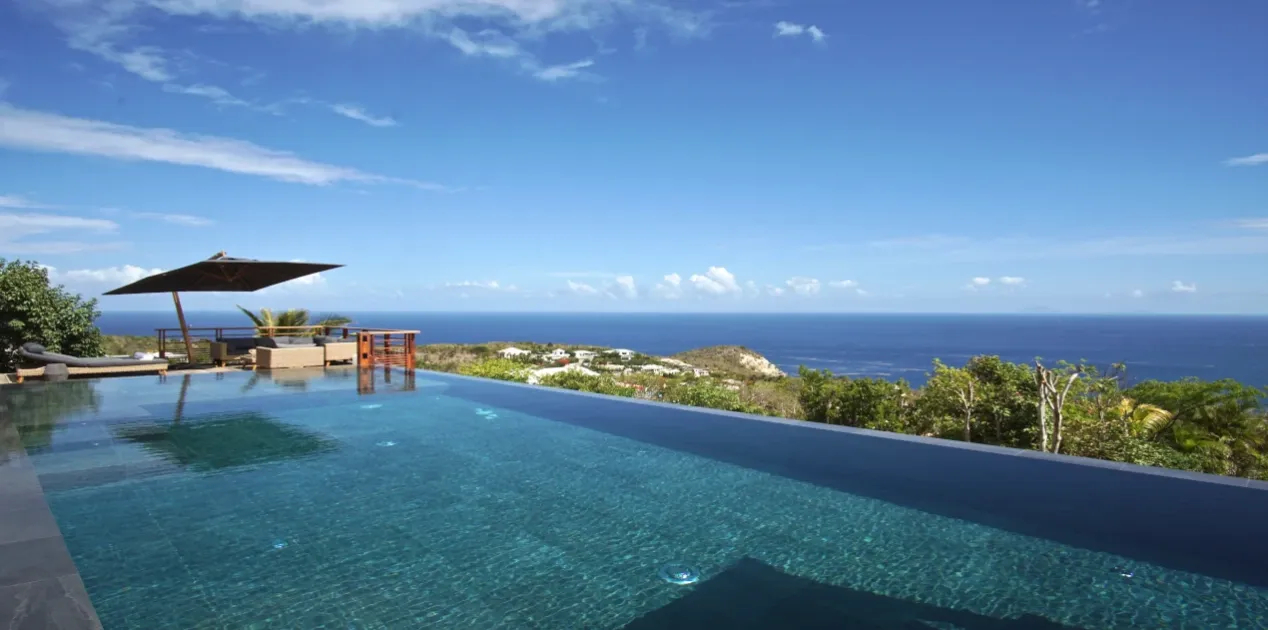
Gouverneur BL
CARO
5 Bedrooms 5 Baths
Newly-built villa with stunning ocean views situated at the top of Gouverneur
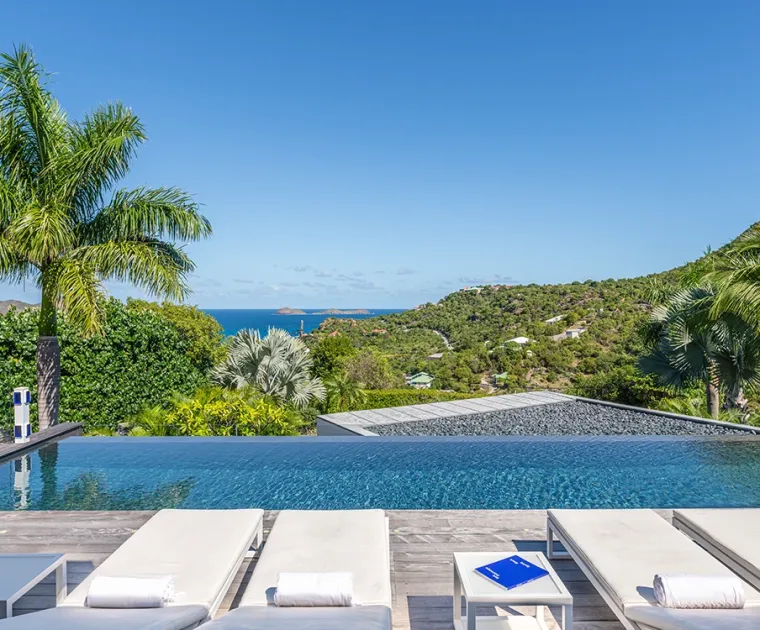
St. Jean BL
GOLDEN PALM
5 Bedrooms 5 Baths
Newly-built, 5-bedroom luxury villa on the St. Jean hillside above Nikki Beach
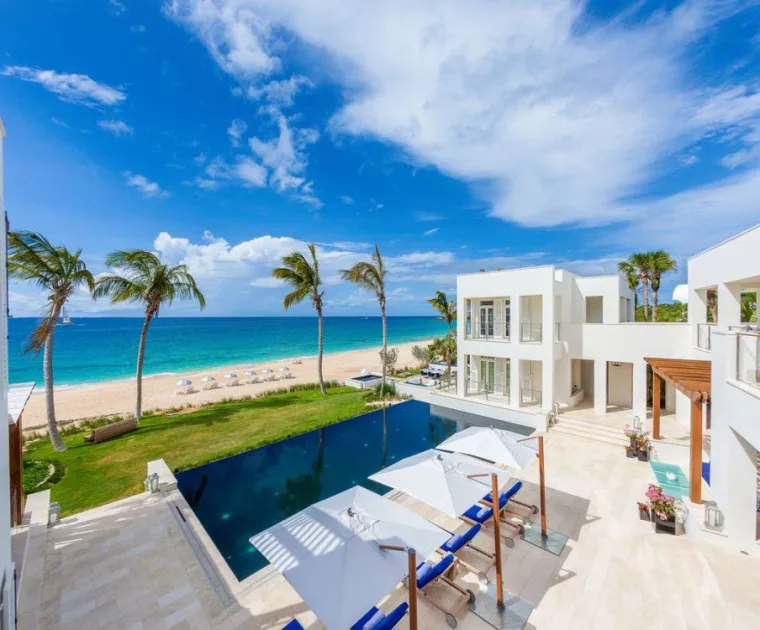
Barnes Bay AI
Cerulean
9 Bedrooms 9 Baths
Luxurious and exclusive villa decorated by a renowned New York interior designer
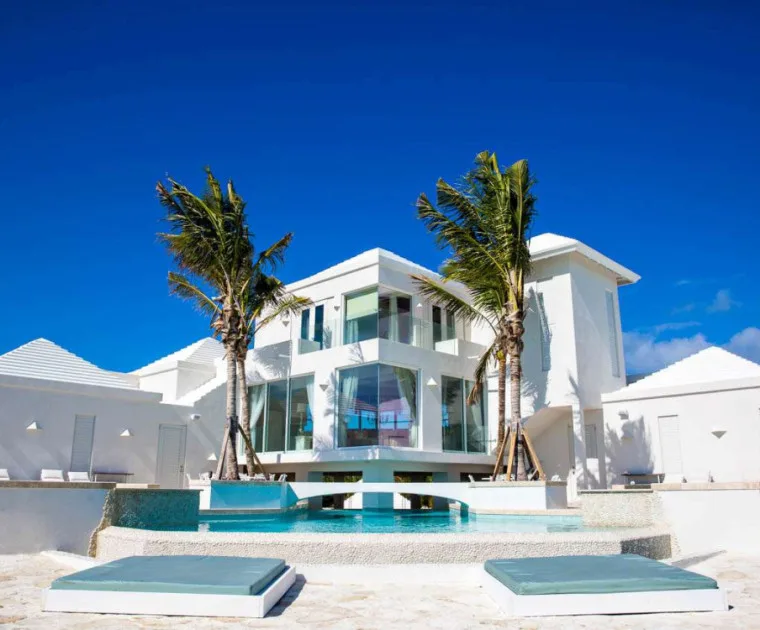
Long Bay Beach TC
Pearl East at The Pearls
8 Bedrooms 8 Baths
It's a marvelous beachfront home that offers unforgettable views
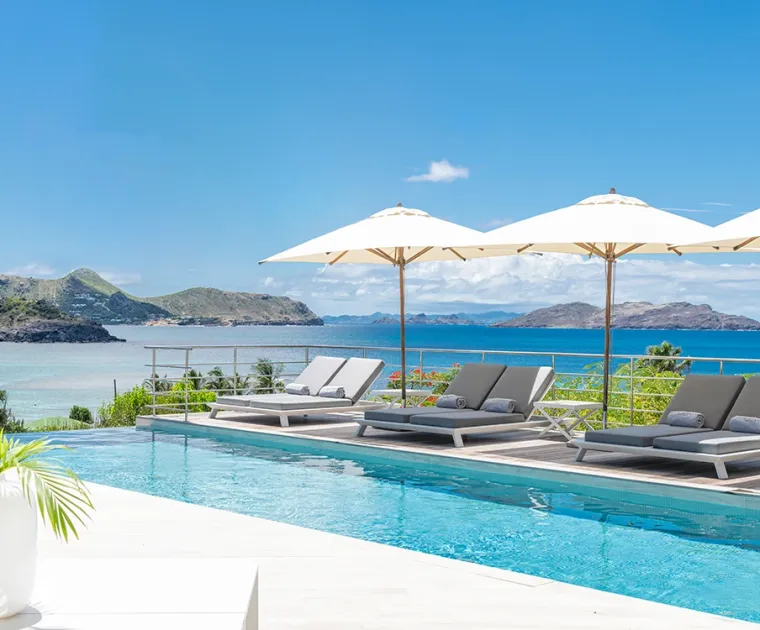
Camaruche BL
AVENSTAR
5 Bedrooms 5 Baths
Contemporary villa with 2 pools and beautiful views, minutes from the beach
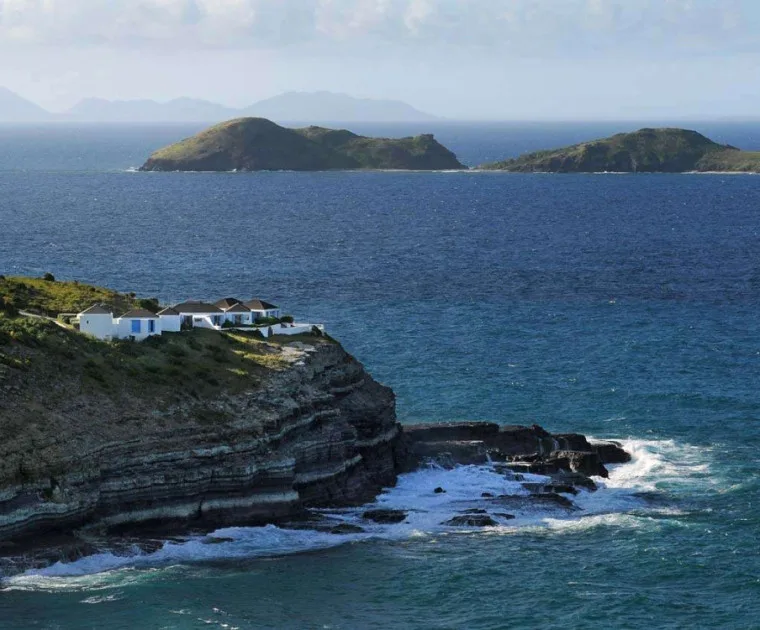
Pointe Milou BL
CAP AU VENT
4 Bedrooms 4 Baths
Positioned at the tip of Pointe Milou, offering some of the most stunning views
